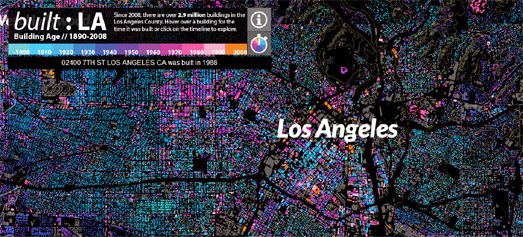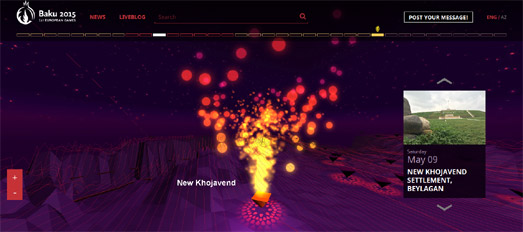Сообщения
Сообщения за май, 2015
The Marvelous Maps of the Week
- Получить ссылку
- X
- Электронная почта
- Другие приложения
The Contours of Crime
- Получить ссылку
- X
- Электронная почта
- Другие приложения
Mapping Vancouver's Immigrant Groups
- Получить ссылку
- X
- Электронная почта
- Другие приложения
The Witcher III Leaflet Map
- Получить ссылку
- X
- Электронная почта
- Другие приложения
Terraforming London to Fit the Tube Map
- Получить ссылку
- X
- Электронная почта
- Другие приложения
The Hip Hop Albums of Street View
- Получить ссылку
- X
- Электронная почта
- Другие приложения
Open Aerial Imagery
- Получить ссылку
- X
- Электронная почта
- Другие приложения
Interactive Strip Maps
- Получить ссылку
- X
- Электронная почта
- Другие приложения
Reinventing the Map
- Получить ссылку
- X
- Электронная почта
- Другие приложения
The Great San Francisco Earthquake Map
- Получить ссылку
- X
- Электронная почта
- Другие приложения
Ten Years of the Google Maps API
- Получить ссылку
- X
- Электронная почта
- Другие приложения
New Jersey's Real-Time Buses & Trains
- Получить ссылку
- X
- Электронная почта
- Другие приложения
Fractal Mapping
- Получить ссылку
- X
- Электронная почта
- Другие приложения
It Took 30 Years to Draw This Map
- Получить ссылку
- X
- Электронная почта
- Другие приложения
New York Safety Maps
- Получить ссылку
- X
- Электронная почта
- Другие приложения
The Peace & Tranquility Map
- Получить ссылку
- X
- Электронная почта
- Другие приложения
Putting the Book on the Map
- Получить ссылку
- X
- Электронная почта
- Другие приложения
Watch Los Angeles Grow
- Получить ссылку
- X
- Электронная почта
- Другие приложения
Liberals Don't Marry
- Получить ссылку
- X
- Электронная почта
- Другие приложения
Mapping the Non-Representation of Women
- Получить ссылку
- X
- Электронная почта
- Другие приложения
Maps of the Week
- Получить ссылку
- X
- Электронная почта
- Другие приложения
The London Food Inspection Map
- Получить ссылку
- X
- Электронная почта
- Другие приложения
Mapping New York's Historical Photos
- Получить ссылку
- X
- Электронная почта
- Другие приложения
Life - Updated in Real-Time
- Получить ссылку
- X
- Электронная почта
- Другие приложения
The Street Views & Sounds of Medellin
- Получить ссылку
- X
- Электронная почта
- Другие приложения
Climbing the Matterhorn in 3d
- Получить ссылку
- X
- Электронная почта
- Другие приложения
The Global Homicide Rate
- Получить ссылку
- X
- Электронная почта
- Другие приложения
The United Tastes of America
- Получить ссылку
- X
- Электронная почта
- Другие приложения
Mapping the Demolition of Austin
- Получить ссылку
- X
- Электронная почта
- Другие приложения
Train Travel Times of Europe
- Получить ссылку
- X
- Электронная почта
- Другие приложения



























